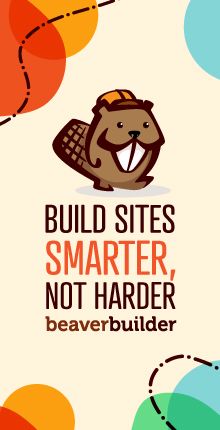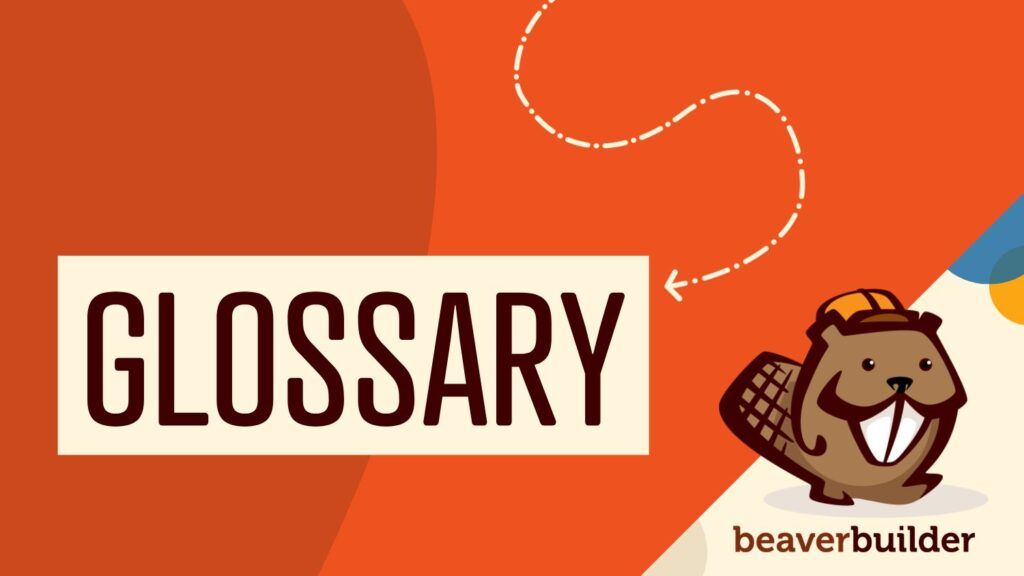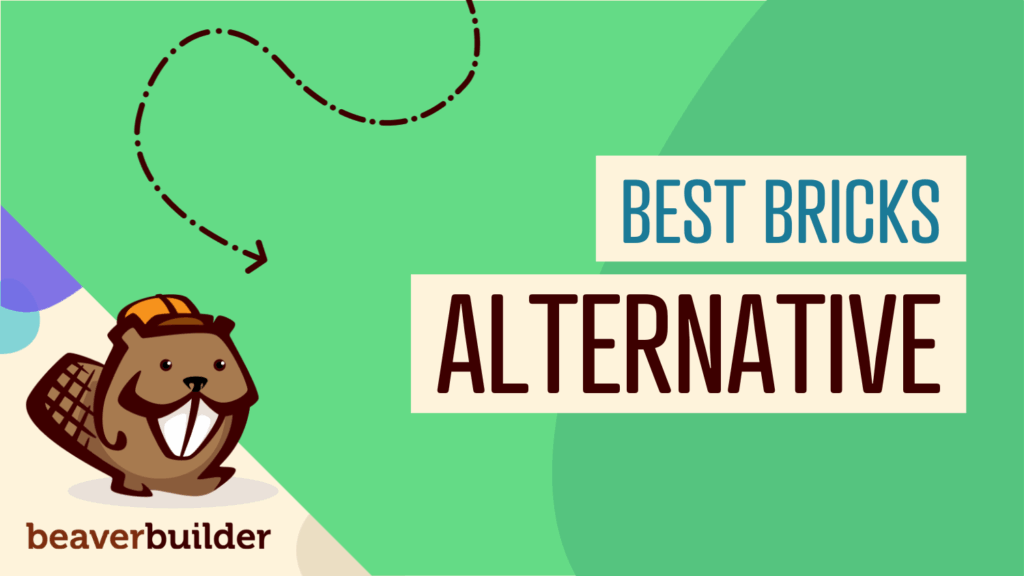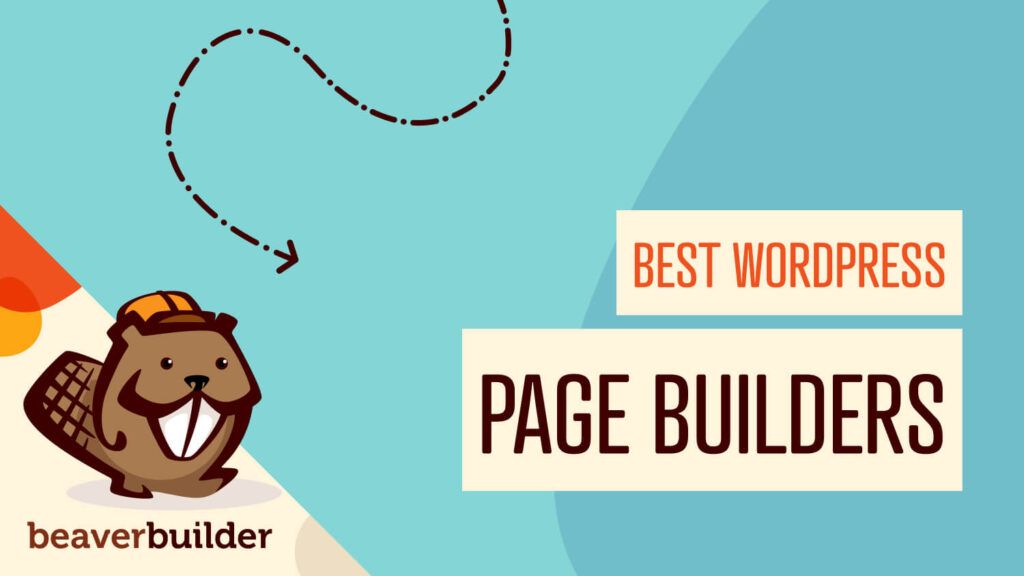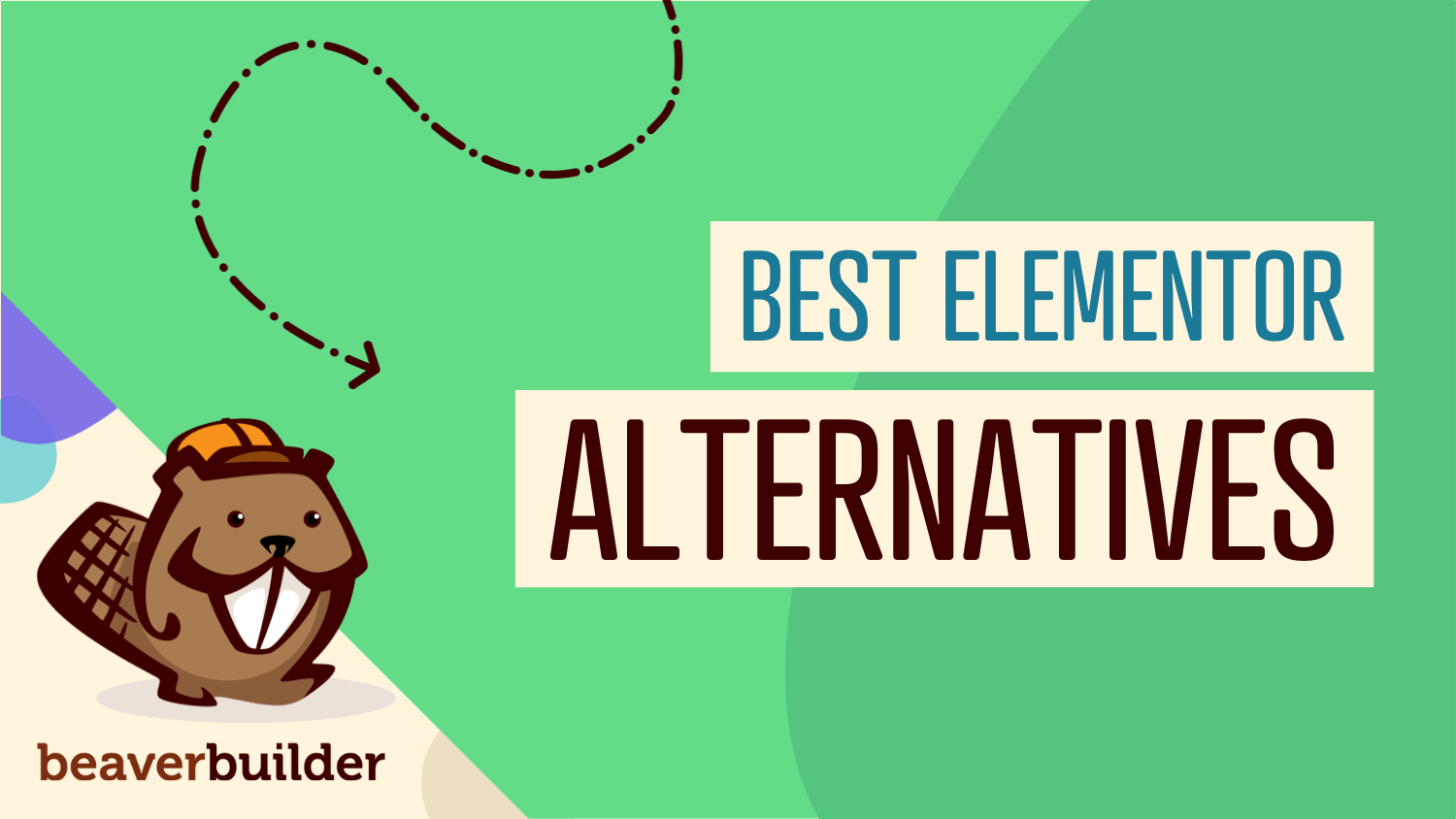
7 Elementor Alternatives in 2025: Faster, Cleaner WordPress Page Builders
Are you searching for the best Elementor alternatives to build faster, more reliable WordPress websites? You’re not alone. While Elementor remains popular, many developers, agencies, and website owners are discovering better alternatives that offer superior performance, cleaner code, and fewer compatibility issues.
Whether you’re frustrated with Elementor’s bloat, looking for better performance, or need more reliable client-friendly solutions, this comprehensive guide covers the top 7 Elementor alternatives in 2025—including detailed comparisons, pros and cons, and recommendations for different use cases.
What Makes a Great WordPress Page Builder in 2025?
The WordPress ecosystem has evolved significantly, and today’s successful page builders must deliver on several key criteria that matter most to modern website creators:
Performance is Non-Negotiable: With Google’s Core Web Vitals now a ranking factor, your page builder choice directly impacts SEO success. The best alternatives prioritize lightweight code, fast loading times, and mobile optimization.
Client-Friendly Design: Whether you’re building for clients or managing your own sites, the interface should be intuitive enough that anyone can make content updates without breaking the design or requiring extensive training.
Future-Proof Architecture: WordPress continues evolving rapidly. Smart builders embrace modern standards like Flexbox, CSS Grid, and block-based editing while maintaining backward compatibility and avoiding vendor lock-in.
Developer Flexibility: The most successful projects often require custom functionality. Top-tier page builders offer clean code output, extensive hooks and filters, and the ability to create custom modules without fighting the system.
With these criteria in mind, let’s explore the page builders that are setting new standards in 2025.
1. Beaver Builder – Best Overall Elementor Alternative for Agencies, Freelancers and Professionals
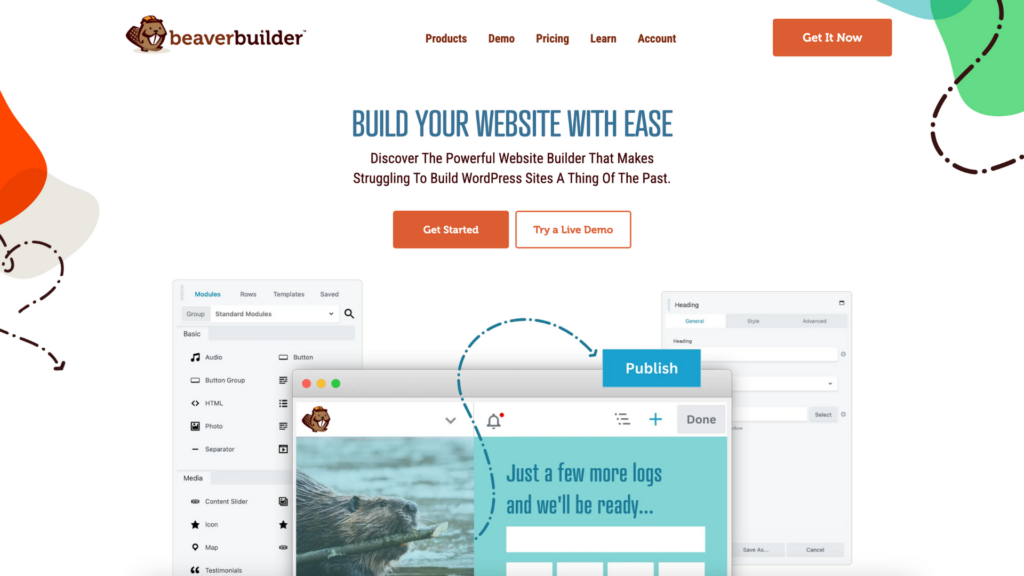
Beaver Builder has been a trusted page builder for over a decade—known for its clean code, intuitive interface, and rock-solid stability. It’s a favorite among agencies, freelancers, and WordPress professionals who want speed and reliability without bloat.
Why Beaver Builder Stands Out
When choosing a WordPress page builder, the details matter. Beaver Builder consistently delivers where it counts:
- Speed: Pages built with Beaver Builder load fast, helping you deliver a better user experience and stronger SEO performance.
- Extendability: Developers can easily create custom modules and extend functionality thanks to its clean, well-documented codebase.
- No Code Required: Design your entire site—from headers to footers—using Beaver Builder’s intuitive drag-and-drop interface. No PHP skills needed.
- Optimized Code: Built by a trusted development team, Beaver Builder outputs clean, efficient code that won’t bloat your site.
- Reliable Support: Their responsive support team is known for quick, helpful answers when you need them most.
- Active Community: With a loyal user base, thriving Facebook groups, and developer resources, you’re never building alone.
Design Custom Query Loops with Drag-and-Drop
With Beaver Themer’s Loop Module you can create fully custom post loops—visually and without code. Easily drag in modules for post titles, excerpts, featured images, and style each one using Beaver Builder’s intuitive interface.
You’ll see a live preview as you design, so you know exactly how your loop items will look. Whether you’re building a blog grid, product listing, or custom post layout, the Loop Module gives you complete control—fast and visually.
Beaver Builder Embraces Containers and Flexbox with the Box Module
Beaver Builder now supports Flexbox layouts through its powerful Box Module, giving you more control and cleaner code. Instead of relying on traditional rows and columns, you can use containers and Flexbox to structure your content more efficiently.
This modern approach reduces the amount of HTML on the page, which can lead to faster load times and better performance. With the Box Module, you can align, justify, and arrange elements exactly how you want—using an intuitive drag-and-drop interface.
Whether you’re building complex layouts or fine-tuning responsive designs, Beaver Builder’s Flexbox tools help you do it with speed, precision, and less cluttered code.
Why Choose Beaver Builder
- Fast front-end visual builder with no shortcode lock-in
- Built for agencies: white labeling, multisite support, and reliable updates
- Clean, semantic code that plays well with SEO and performance plugins
- Deep integration with Advanced Custom Fields and Beaver Themer for dynamic content
- Compatible with almost any WordPress theme
Who It’s Best For
Beaver Builder is a solid choice for agencies, developers, and serious site builders who want a reliable, scalable toolset without constantly worrying about breaking changes or compatibility issues:
- Agencies managing multiple client websites
- Freelancers who need reliable, client-friendly solutions
- Developers wanting clean code and extensibility
- Business owners prioritizing long-term stability and performance
2. Bricks Builder – Best Elementor Alternative for Developer Control
Bricks Builder represents the new generation of WordPress page builders—a modern theme-builder combination that delivers exceptional performance while giving developers powerful customization capabilities.
What Makes Bricks Builder Special:
- Ultra-Lightweight Output: Bricks generates remarkably clean, minimal code that loads incredibly fast, making it perfect for performance-critical projects.
- Built-in Performance Optimization: Automatic code optimization ensures your sites run at peak performance without additional plugins.
- Advanced Query Builder: Create dynamic content layouts with powerful, built-in tools for custom post types and complex data relationships.
- Lifetime Pricing Option: Cost-effective pricing model that’s particularly attractive for long-term projects.
Potential Drawbacks:
- Steeper learning curve for WordPress beginners
- Less plug-and-play compared to other Elementor alternatives
- Smaller community and ecosystem
Best For: Advanced users and developers who prioritize performance over ease of use.
3. Oxygen Builder – Best Elementor Alternative for Complete Design Control
Oxygen takes a unique approach among Elementor alternatives by completely replacing your WordPress theme, giving you total control over every aspect of your site’s design and functionality.
Oxygen’s Unique Advantages:
- No theme dependency – complete freedom from theme limitations
- Pixel-perfect control – design exactly what you envision
- Advanced integrations – deep compatibility with ACF, WooCommerce, and custom post types
- Lightweight output – clean, minimal code generation
Consider Before Choosing Oxygen:
- Not client-friendly – complex interface unsuitable for non-technical users
- Steeper learning curve – requires more technical knowledge
- Time investment – longer setup and design process
Best For: Experienced developers who need complete design control and don’t mind complexity.
4. GeneratePress + GenerateBlocks – Best for Lightweight and Modular Site Building
The GeneratePress combo is a great Elementor alternative for users who want speed, accessibility, and modular design control—without a traditional drag-and-drop builder.
Why This Combo Works:
- SEO-optimized – clean code structure loved by search enginesWhy It’s Great:
- Exceptional performance – among the fastest WordPress setups available
- Accessibility-first design – built with web standards in mind
- Block-based approach – fully compatible with WordPress Gutenberg
Trade-offs:
- More initial setup – requires more configuration than traditional page builders
- Less visual – not as WYSIWYG as other Elementor alternatives
- Learning curve – different approach from traditional page builders
Best For: Content-heavy websites, blogs, and users who prefer WordPress-native solutions.
5. Divi – Most Feature-Rich Elementor Alternatives
Divi offers an all-in-one visual page building experience with extensive design resources, making it a popular Elementor alternative for design-focused users.
Divi’s Strengths:
- Comprehensive visual editor – extensive design capabilities
- Massive template library – thousands of pre-made designs
- Built-in marketing tools – split testing, email opt-ins, and more
- Active community – large user base and resources
Potential Issues:
- Performance concerns – can be heavy and slow-loading
- Shortcode dependency – potential vendor lock-in
- Overwhelming interface – complex for beginners and clients
Best For: Designers and marketers who need extensive visual design tools and don’t mind performance trade-offs.
6. Breakdance Builder – Newest Elementor Alternative Built for Simplicity
Created by the Oxygen team, Breakdance aims to combine Oxygen’s performance with a more user-friendly interface, positioning itself as a modern Elementor alternative.
Breakdance Features:
- Modern, intuitive interface – easier than Oxygen, more powerful than basic builders
- Performance-optimized – lightweight code output
- WooCommerce integration – built-in e-commerce support
- Developer-friendly – extensive customization options
Current Limitations:
- Newer product – smaller community and fewer resources
- Limited templates – growing but still limited design library
- Learning resources – fewer tutorials compared to established alternatives
Best For: Users wanting Oxygen’s power with a more approachable interface.
7. Gutenberg + Block Addons – Best Native WordPress Elementor Alternative
The WordPress block editor, enhanced with powerful block plugins like Kadence Blocks, Spectra, or Stackable, offers a native alternative to Elementor.
Benefits of the Block Approach:
- Future-proof – built on WordPress’s native editing system
- Fast performance – lightweight, optimized code
- No vendor lock-in – content remains portable
- Cost-effective – many free and affordable options
Current Limitations:
- Still evolving – some features lag behind dedicated page builders
- Multiple plugins needed – may require several plugins for full functionality
- Less visual – not as intuitive as dedicated page builders
Best For: WordPress purists, simple sites, and content-focused projects.
How to Choose the Right Elementor Alternative
Selecting the best Elementor alternative depends on your specific requirements. Consider these key factors:
- Do you need full design control, or do you prefer a structured layout system?
- Do clients need to edit content easily?
- Are performance and clean code top priorities?
- Do you work with dynamic content like ACF, CPTs, or WooCommerce?
The key is choosing an Elementor alternative that aligns with your priorities: performance, ease of use, client requirements, or development flexibility.
Making the Switch: Migration Tips
Transitioning from one page builder to another requires careful planning and execution. Here’s your comprehensive roadmap for a smooth migration:
1. Test Thoroughly on Staging Sites
- Create Multiple Test Environments: Set up staging sites that mirror your production environment exactly—same hosting, PHP version, plugins, and theme.
- Test Key Functionality: Rebuild 2-3 representative pages from your current site to understand the workflow differences and identify potential challenges.
- Performance Testing: Use tools like GTmetrix, PageSpeed Insights, and Pingdom to compare loading speeds between your current setup and the new page builder.
- Cross-Browser Testing: Ensure your rebuilt pages work consistently across different browsers and devices, as each builder handles responsive design differently.
2. Develop a Strategic Content Migration Plan
- Content Audit: Document all existing pages, templates, and custom layouts. Categorize them by complexity and migration priority.
- Template Strategy: Identify which pages can use new templates versus requiring custom rebuilding. Most builders offer import tools, but complex layouts often need manual recreation.
- Dynamic Content Assessment: Review any Advanced Custom Fields, custom post types, or WooCommerce integrations that need special attention during migration.
- SEO Considerations: Plan to maintain URL structures, meta data, and schema markup during the transition to avoid ranking losses.
3. Invest in Team Training and Documentation
- Hands-On Workshops: Schedule dedicated training sessions for team members who will use the new builder. Include both basic editing and advanced features.
- Create Internal Documentation: Develop quick-reference guides, video tutorials, and standard operating procedures specific to your workflow.
- Client Training Materials: Prepare simplified guides and training sessions for clients who will be editing content post-launch.
- Establish Support Protocols: Identify internal experts and external resources for ongoing support and troubleshooting.
4. Phase Your Transition Strategically
- New Projects First: Use your chosen page builder for all new website projects to build expertise without migration pressure.
- Low-Risk Site Testing: Start with less critical sites or internal projects to refine your process before tackling high-profile client work.
- Gradual Client Migration: For existing sites, prioritize based on factors like redesign needs, performance issues, or client requests for new functionality.
- Seasonal Timing: Plan major migrations during slower business periods to allow adequate time for testing and refinement.
5. Implement Comprehensive Backup Strategies
- Multiple Backup Layers: Maintain file-level backups, database backups, and full site snapshots before beginning any migration work.
- Version Control: Use staging environments and version control systems to track changes and enable quick rollbacks if needed.
- Pre-Migration Snapshots: Create complete site backups immediately before starting the migration process, with easy restoration procedures documented.
- Ongoing Backup Schedule: Establish regular backup routines during the migration process to capture incremental progress and prevent data loss.
Additional Migration Considerations
- Timeline Planning: Allow 2-3x longer than initially estimated, especially for complex sites with custom functionality.
- Communication Strategy: Keep clients and stakeholders informed throughout the process with regular updates and clear timelines.
- Emergency Procedures: Have rollback plans ready and know exactly how to quickly restore the original site if critical issues arise.
- Post-Migration Monitoring: Plan for intensive monitoring of site performance, functionality, and user experience in the weeks following migration.
Final Thoughts
Elementor is a powerful tool, but it’s not perfect for everyone. Whether you’re looking for better performance, cleaner code, or a more stable experience, there are plenty of great Elementor alternatives in 2025.
If you’re ready to build beautiful, fast, client-friendly websites—with fewer headaches and more control—we think you’ll love Beaver Builder. Try Beaver Builder today
Related articles
Beaver Builder Glossary: Complete Guide to Features and Benefits (2025)
This Beaver Builder glossary defines key terms, features, and benefits of Beaver Builder, the popular WordPress drag-and-drop page builder. Table…
Bricks Alternative: Why Beaver Builder Leads in 2025
Looking for a reliable Bricks alternative? You’re not alone. While Bricks Builder offers clean code and modern features, many developers…
12 Best WordPress Page Builders
Are you looking for a great page builder to use for your WordPress website? Stick around as we share a…
Join the community
We're here for you
There's a thriving community of builders and we'd love for you to join us. Come by and show off a project, network, or ask a question.
Since 2014
Build Your Website in Minutes, Not Months
Join Over 1 Million+ Websites Powered By Beaver Builder.
 Free Beaver Builder Templates! Get started at
Free Beaver Builder Templates! Get started at 
